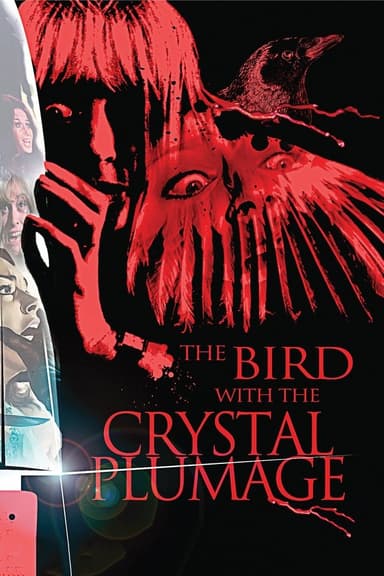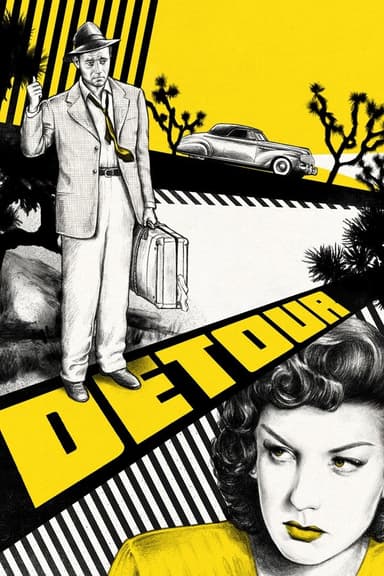
Screaming Mimi
1958 • Thriller
A blonde night club dancer is being stalked. Will anyone believe her?
Runtime: 1h 19m
Why you should read the novel
If you crave a richer psychological journey than Hollywood usually delivers, Fredric Brown’s novel Screaming Mimi is well worth your time. With its deep exploration of trauma and identity, the book immerses readers in layers of suspense that the movie can only touch on surface-level. Brown’s narrative style weaves together a gritty underworld and a mesmerizing sense of paranoia, allowing for a far more nuanced dive into the motivations and internal struggles of each character.
Reading the novel will engage your imagination in ways the film simply cannot. Each scene is painted with rich detail, drawing you into a vivid and tangible atmosphere beyond the screen’s constraints. You’ll experience the protagonist’s unraveling psyche, following the clues and psychological twists that build a haunting, memorable mystery.
The book also provides a deeper connection with the central themes of obsession and redemption. Fredric Brown’s skillful writing keeps you turning pages, eager to uncover truths that the movie glosses over or reduces to simple plot mechanics. For anyone who loves noir fiction and psychological depth, the original novel offers a more rewarding experience than its film adaptation.
Adaptation differences
One of the biggest differences between Fredric Brown’s novel and its 1958 film adaptation is the depth of characterization. In the book, the protagonist’s psychological trauma and inner turmoil are explored with far greater nuance and subtlety. The reader is given access to the motivations, anxieties, and spiraling paranoia that drive the story, while the film often translates these internal conflicts into more surface-level or expositional moments.
Plot structure is another area of divergence. The novel unfolds as a tense, investigative mystery, where each clue and revelation builds naturally towards the climax. The film, on the other hand, takes shortcuts with the narrative, omitting or condensing scenes and characters, sometimes altering the sequence of events to fit a faster-paced or more linear runtime.
The relationships and backstories in Brown’s novel add a plethora of color and complexity to the story. Important supporting characters are often given more screen time in the book, fleshing out the noir underworld and their relevance to the main narrative. The film minimizes or alters these interactions, sometimes resulting in characters being reduced to archetypes or losing their vital connections to the plot’s deeper themes.
Tonally, the original book carries a darker, more unsettling edge compared to the film’s stylized noir approach. Brown’s handling of trauma, obsession, and violence is often more graphic and psychologically disturbing, offering a raw look at the characters’ struggles. The movie, constrained by 1950s film standards and audience expectations, tends to soften or glamorize these elements, leaving viewers with a more sanitized—but less impactful—version of the story.
Screaming Mimi inspired from
Screaming Mimi
by Fredric Brown











